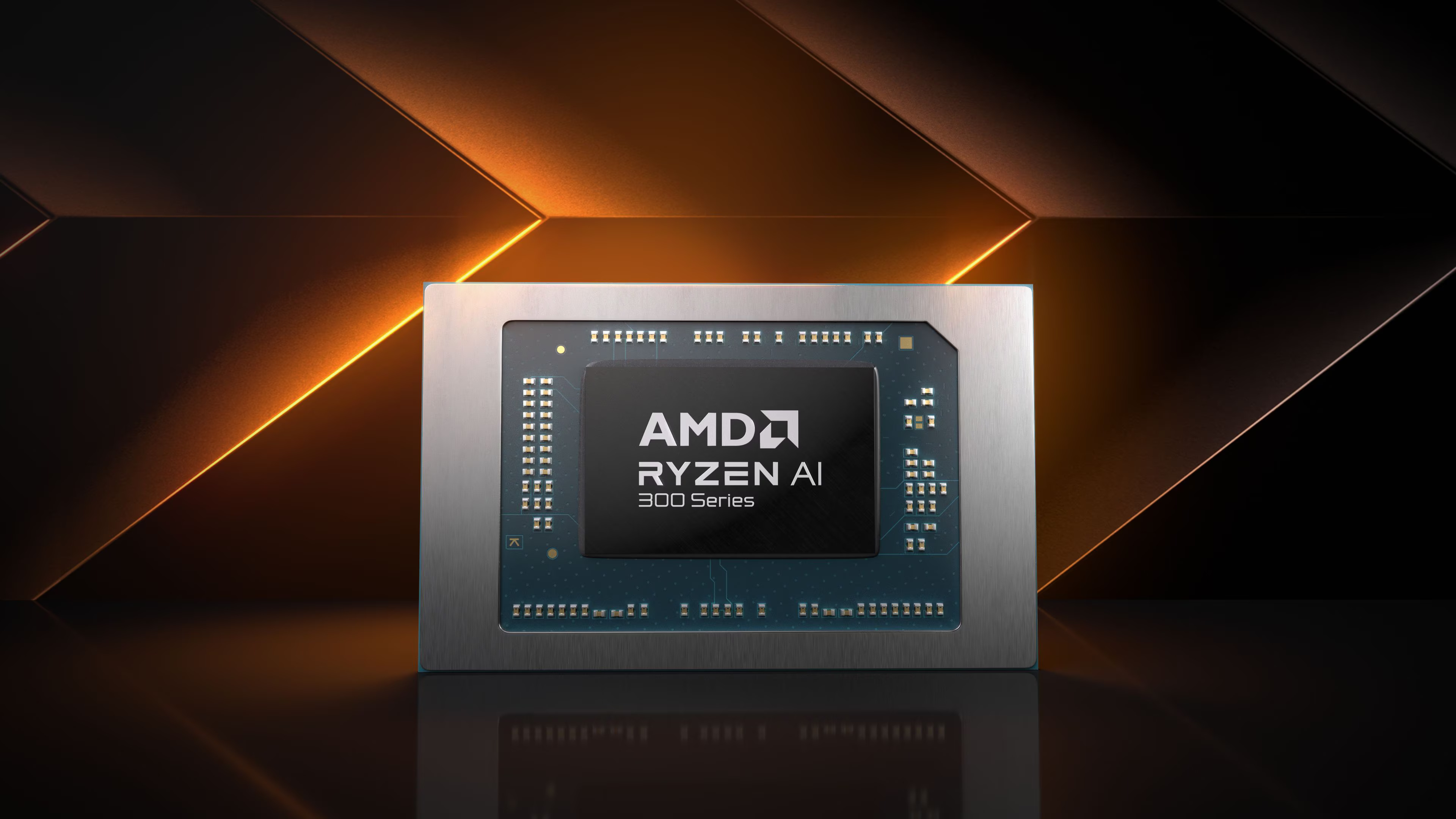The chips aren't alright: What's going wrong with Intel and AMD CPUs?
These chips can't catch a break

Intel and AMD processors have been recently receiving negative press revolving around their flaws and vulnerabilities, with some examples including AMD's Sinkclose infection susceptibility or Intel's 13th Gen and 14th Gen CPU failure rates.
With the recent onslaught of issues facing the two leading CPU manufacturers, many wonder exactly what is going wrong for Intel and AMD. Is this the result of some shared issue between modern processors, a coincidence, or just consumers overreacting? Let's jump in.
Intel is suffering from voltage problems
Towards the end of July, Intel finally addressed a frequently reported flaw in its 13th and 14th Gen desktop processors that caused failures on a hardware level, resulting in irreversible chip damage.
The company promised that it would be working on a patch in mid-August to target these issues and save future Intel CPUs from facing the same untimely doom. However, acquiring it is a bit tricky, requiring the user to go through their laptop or motherboard manufacturer to receive the relevant BIOS update. MSI and Asus are two companies that have already released information on how to receive this fix.
But what is the source of the problem, exactly? According to Thomas Hannaford from Intel, it boiled down to a microcode algorithm assigning an elevated operating voltage, and that elevated voltage is what is resulting in a fried CPU.
It even seemed as if these problems went beyond just 13th Gen and 14th Gen desktop CPUs, but also included laptop processors as well. Reddit user Matt_AlderonGames claims that while laptop processors are less likely, Intel i9-13900Hx seems to very rarely face the same voltage problem.
However, high rates of chip failure might not be exclusive to Intel.
Stay in the know with Laptop Mag
Get our in-depth reviews, helpful tips, great deals, and the biggest news stories delivered to your inbox.
AMD reportedly shares a high failure rate
According to Puget Systems, a computer company that distributes pre-built and custom workstations, Intel's faults are not exclusive.
Jon Bach, President of Puget Systems, responded to the recent Intel CPU instability media attention on August 2 claiming that the company has seen a greater failure rate from AMD.
According to the company's own rates based on in-shop and field tests, AMD Ryzen 5000 and 7000 CPUs reportedly feature a failure rate of around 4%, whereas Intel Core 13th and 14th Gen sit at around 2%.

Bach provides a few disclaimers on this evidence, noting that Intel Core 14th Gen numbers are likely to go up, and claims "We are definitely experiencing CPU failures higher than our historical average, especially with 14th Gen."
Bach also expects "Elevated failure rates to continue for the foreseeable future and possibly even after Intel issues the microcode patch."
Ultimately, AMD isn't doing much better according to these tests. On the other hand, Puget Systems is a single company. Bach claims that the company's "Commitment to internally developed power settings is why we have been much less impacted than others by these Intel stability issues."
Also note that according to its tests, Intel Core 12th Gen failure rates were less than 1%, which is a huge difference compared to what we're seeing with 13th and 14th Gen.
However, these aren't the only problems AMD processors are facing.
The secret behind AMD's Sinkclose vulnerability
Seemingly AMD cannot catch a break, as shortly after Puget Systems' analysis on AMD Ryzen failure rates, a new story highlighting a core flaw in hundreds of millions of AMD chips emerged.
According to IOActive researchers Enrique Nissim and Krzysztof Okupski, who identified the flaw, 'Sinkclose' could force users to "Throw your computer away" if hackers can access it and inject malicious code.
However, the secret is that this flaw has been present in "Almost" every AMD chip since 2006. It's not remotely new, but the recent realization of its existence and how hot it has been on the presses could give hackers even more incentive to exploit it.

Exploiting this flaw would require the hacker to already have access to a user's system. AMD claims that the ability to exploit this would be like "Accessing a bank's safe deposit boxes after already bypassing its alarms, the guards, and vault door."
Ultimately, this isn't something worth being deathly afraid of. Hackers would already need to be deep into your system to exploit the Sinkclose vulnerability. At this point, you're in trouble regardless.
The fear comes from them taking further advantage of your breached system to purposefully tank your processor, which would essentially leave your PC unsalvageable.
This doesn't mean AMD isn't seeking fixes, as it revealed on its website on Friday that it would be releasing firmware through BIOS updates to address the issue, with each user needing to go through their own OEM to acquire these updates.
AMD and Intel are victims to bad timing
The reason for AMD and Intel's recent chip woes isn't so much a common catastrophe and can mostly be explained by bad timing.
Intel's voltage issues have been ongoing for months, and as a result of the company's recent acknowledgment of it, a report revolving around AMD chips also facing high failure rates was put out. And then, a massive vulnerability in AMD's processors was revealed to the world.
Instead of a shared flaw in processor manufacturing in the modern age, this is nothing more than a coincidence. AMD's Sinkclose vulnerability has existed in processors since 2006, whereas AMD's higher failure rates could've been unveiled any time in the last few years.
News of which simply broke shortly after Intel's 13th and 14th Gen voltage issues got attention, resulting in a few weeks of publicity nightmare for these giant CPU manufacturers.
More from Laptop Mag
- 'You basically have to throw your computer away': Researchers explain AMD 'Sinkclose' vulnerability, but do you need to worry?
- Are you safe from Intel CPU failure? Download this critical update coming soon
- I was excited for this new ChatGPT feature, now I'm terrified of it

Self-described art critic and unabashedly pretentious, Claire finds joy in impassioned ramblings about her closeness to video games. She has a bachelor’s degree in Journalism & Media Studies from Brooklyn College and five years of experience in entertainment journalism. Claire is a stalwart defender of the importance found in subjectivity and spends most days overwhelmed with excitement for the past, present and future of gaming. When she isn't writing or playing Dark Souls, she can be found eating chicken fettuccine alfredo and watching anime.










